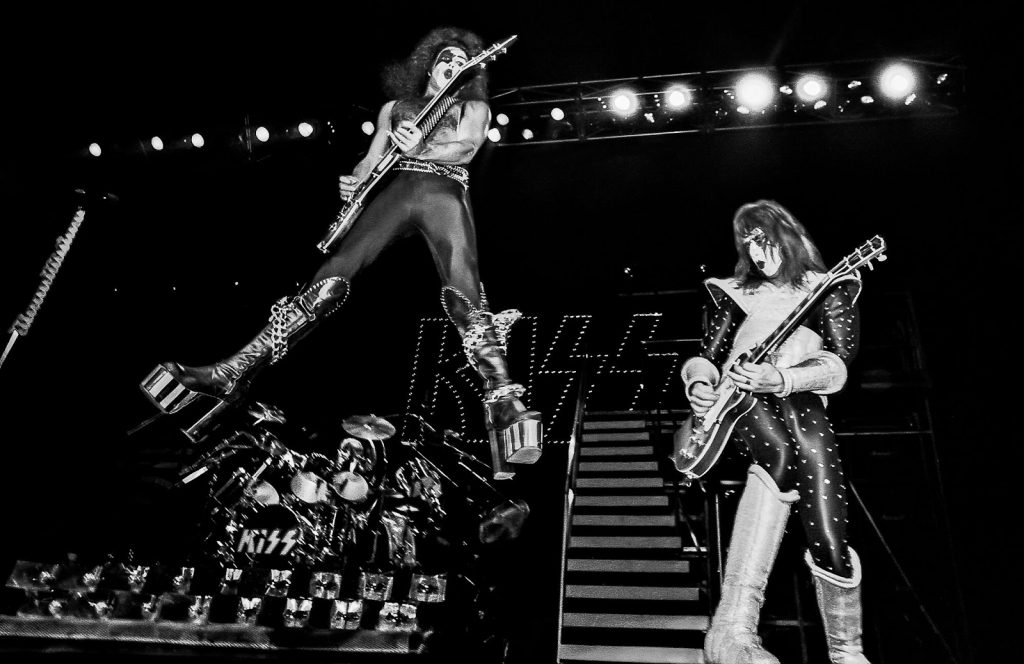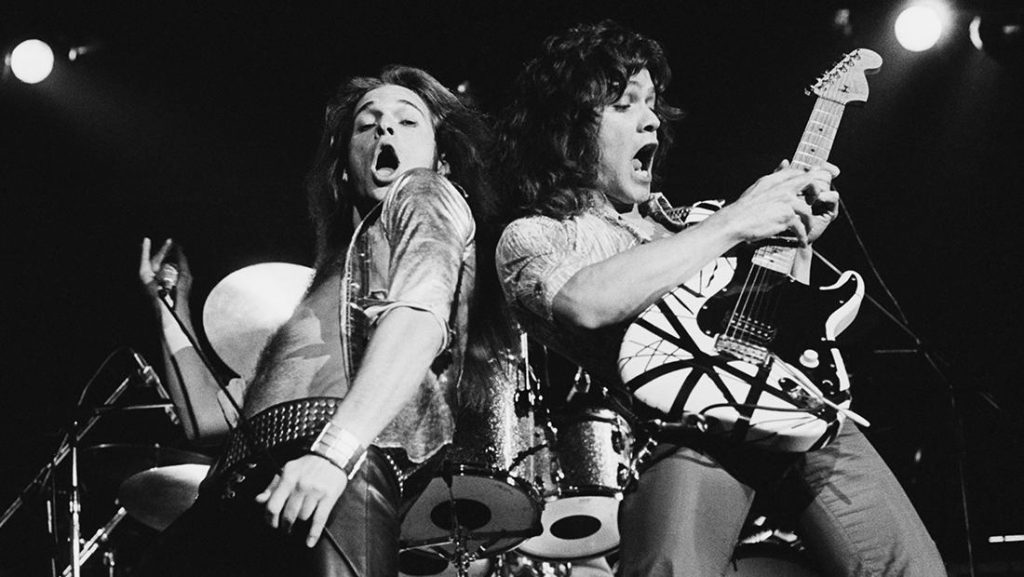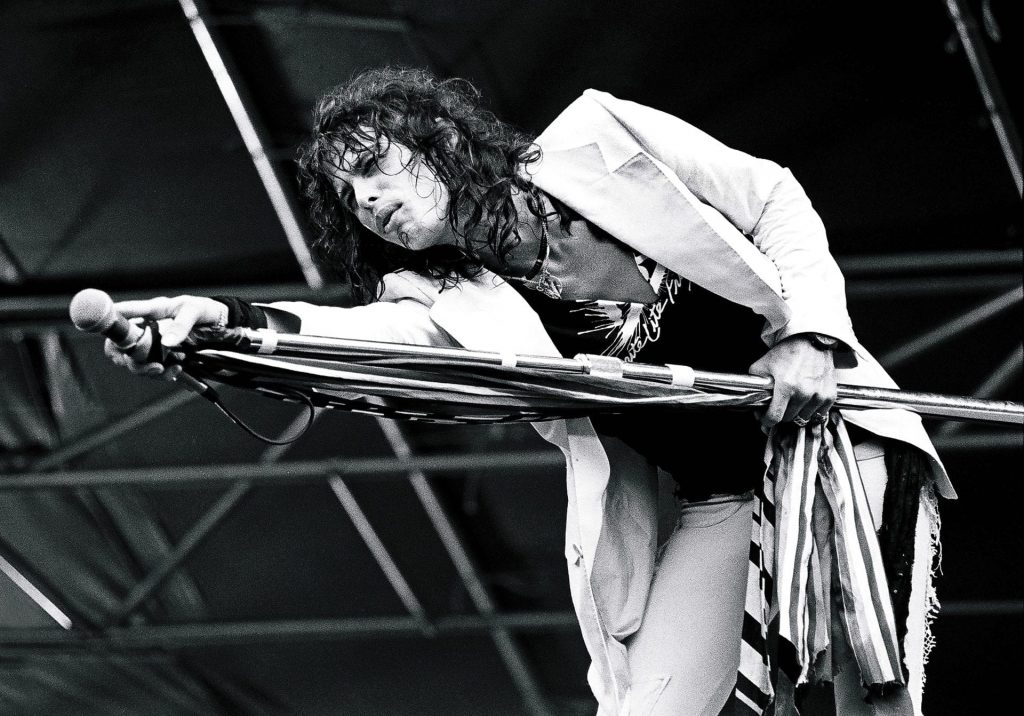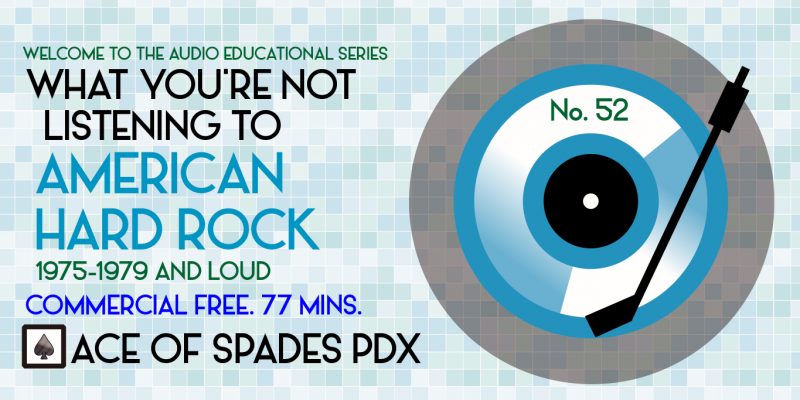Podcast: Play in new window | Download | Embed
Revisiting a time when all young people really wanted was to be free of bad news, and of course get laid and get high. #hardrock #rockandroll #AOR
The Watergate scandal. A U.S. president’s resignation. An oil crisis. Recession and high unemployment. The Vietnam War. Kent State. The struggle of equality for women, people of color and the LGTBQi community. Homegrown terrorism. Urban decay. For those of you who remember the “good old days” of the early 1970’s, history paints a very different picture.
By the mid-1970’s, however, a political backlash against conservatism, the end of the war and a slow economic recovery gave many a reason to want to forget the recent, troubled past and party, at least here in the U.S. It was also during this time that a wave of American Rock and Roll acts, long in the shadow of their British counterparts, made their biggest impact on the music scene.

With a few exceptions, Progressive Rock, which had become mired and wearing out its welcome with 20 minute songs, was giving way to shorter songs with catchy hooks, high volume sing-along choruses and a rampant hedonism that reflected the times and the mindset of young record buyers and concert-goers.

This wave would become known as American Hard Rock, often jokingly called “cock rock” or “Camaro rock”. It was primarily based upon the viability of full-length vinyl LP’s, with a whole new subset of radio stations called Album Oriented Rock on the FM dial causing a chasm between what were pop hits on AM radio and where the money really was. Bands of this era did have big Pop singles, but often they were the one or two ballads on the LP.
“Back when I started, you could either be a folk singer, or you could be a disco diva…”
Ann Wilson of heart
Touring during this time also became an incredibly lucrative deal. Gone were playing small clubs and theatre venues. This was big, loud music meant to be played in big, loud places: sports arenas and stadiums. It blasted from big, loud cars and from the big, loud speakers on your home stereo.
It was during this era that the live spectacle became a focus, a trend that continues to this day. It’s hard to see your favorite band on stage when you are in the upper reaches of the colosseum when 71,999 other people got better tickets. Blue Oyster Cult brought a first-of-its kind laser light show that would seem tame by today’s standards. Even older acts, such as the Rolling Stones, were utilizing hydraulics to appear out of a giant, metal flower. Aerosmith toured with a sound system so amazing that even Parliament-Funkadelic used it.

And of course, the creators of what was once known as live rock excess, KISS, were perfect. They not only were emblematic of the times, they practically invented them.
This music form, by and large, was not about subtlety. With the sexual revolution in full swing, young men and women were shedding off the old, uptight mores of their parents generation, or so they thought they were. The worst venereal disease you could get at the time was herpes, and the stigma that once surrounded the birth control pill was largely a thing of the past. Birth rates were in decline and sex was used to sell everything from magazines, household products, TV programs and, you guessed it, music.

An interesting by-product of this era was the emergence of women into the landscape as center stage performers, and not just groupies or back-up singers. Heart, The Runaways and Pat Benatar were all birthed from this scene and era. But make no mistake, this was still a boys club, with plenty of salacious lyrics filled with single-entendres. A few acts attempted some high-minded lyrical concepts, only to come off sounding like your drunk uncle at the holiday dinner going on about something he misquoted from Confucius.
In a strange similarity to the Punk movement of the U.K. happening simultaneously, American Hard Rock of the mid-to-late 1970’s was also about no future; but in stark contrast, the most important thing wasn’t tearing down the system, but not bogarding the joint.
WARNING: THERE ARE NO BALLADS IN THIS PROGRAM.
First Part
- On Fire, 1978, Van Halen, Van Halen
- Heartbreaker, 1979, Pat Benatar, In The Heat Of the Night
- Sparks of the Tempest, 1977, Kansas, Point of No Return
- Free-For-All, 1976, Ted Nugent, Free-For-All
- Detroit Rock City (full-length version), 1976, KISS, Destroyer
- Black Betty, 1977, Ram Jam, Ram Jam
- Jane, 1979, Jefferson Starship, Freedom at Point Zero
- Toys In the Attic, 1975, Aerosmith, Toys In the Attic
Second Part
- Barracuda, 1977, Heart, Little Queen
- Renegade, 1978, Styx, Pieces of Eight
- Wheel In the Sky, 1978, Journey, Infinity
- Ridin’ The Storm Out (live), 1977, REO Speedwagon, Live: You Get What You Play For
- Pass It Around, 1976, Grand Funk Railroad, Good Singin’, Good Playin’
- This Ain’t The Summer of Love, 1976, Blue Oyster Cult, Agents of Fortune
- Tush, 1975, ZZ Top, Fandango!
Finale
- Foreplay/Long Time, 1976, Boston, Boston
Love to you all.
Ben “Daddy Ben Bear” Brown Jr.
Host, Producer, Audio Engineer, Webmaster, Researcher and Writer
“Copyright Disclaimer Under Section 107 of the Copyright Act 1976, allowance is made for ‘fair use’ for purposes such as criticism, comment, news reporting, teaching, scholarship, and research. Fair use is a use permitted by copyright statute that might otherwise be infringing. Non-profit, educational or personal use tips the balance in favor of fair use.”
